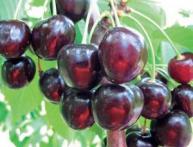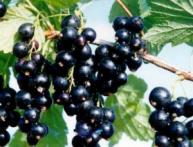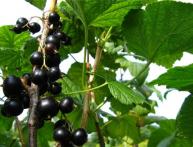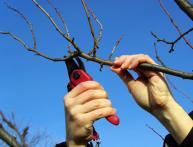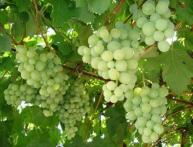Viburnum tree
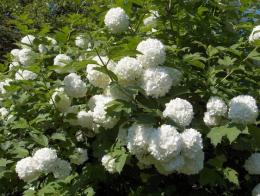
Viburnum is known to mankind due to its attractive appearance and extraordinary beneficial properties. This medicinal plant, saturated with many vitamin substances, has been used by people for centuries for spring avitaminosis and colds.
The viburnum tree has valuable bark, which is used in dried form to get rid of diseases such as pulmonary tuberculosis, shortness of breath, cough and sclerosis. The bark is harvested in early spring when sap begins to flow, removing it from the branches and trunk of the tree.
Thanks to its abundant and beautiful flowering, viburnum is often planted in gardens and personal plots. The plant delights others with its snow-white balls from the end of May to the end of June.
When planting viburnum, it is worth thinking about its future form. Depending on how you prune and pinch the plant, you can end up with a bush or a tree. The viburnum tree looks unusual and attracts attention with its decorative effect. But the viburnum bush will delight you with a bountiful harvest that can be harvested for the winter. By the way, with the vegetative method of propagation, branches with bright red fruits will ripen already in the second year of the viburnum’s life.
Although modern varieties of viburnum are shade-tolerant, the plant still prefers illuminated areas. It is better to choose fertile, slightly acidic or neutral soil for planting. Moisture-loving viburnum needs timely watering.
When growing viburnum, special attention should be paid to the fight against aphids, since the plant is most susceptible to this pest.In this case, an effective remedy, subject to timely use, is a solution of green soap and tobacco decoction.

